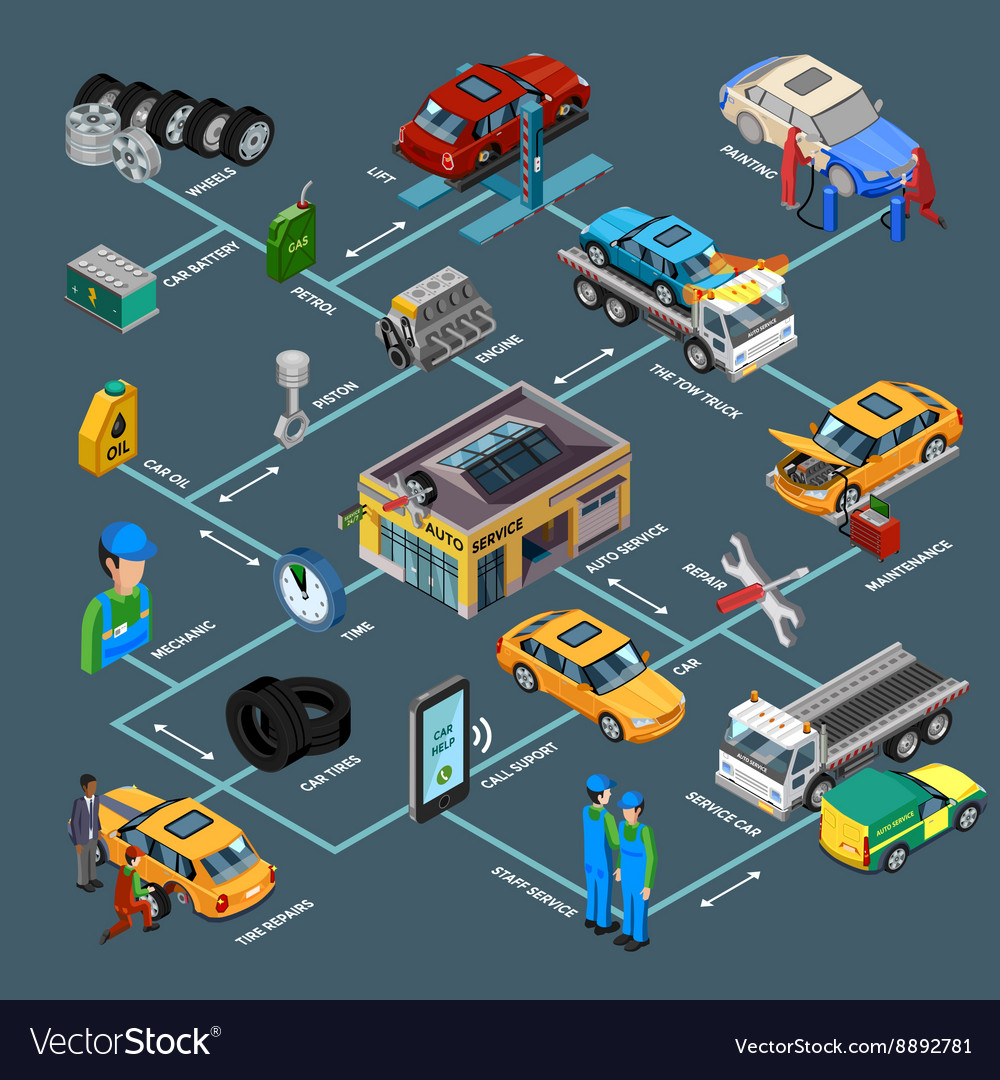Intrigued In Recognizing The Caution Lights On Your Automobile'S Control Panel? Discover Their Relevance For Your Vehicle'S Safety And Security And Total Condition
Intrigued In Recognizing The Caution Lights On Your Automobile'S Control Panel? Discover Their Relevance For Your Vehicle'S Safety And Security And Total Condition
Blog Article
Article Writer-Termansen Forbes
When you're behind the wheel, those beautiful warning lights on your dashboard can be a little bit complicated. Do you recognize what they're attempting to tell you about your cars and truck's health and wellness? Understanding the significance of these lights is essential for your security and the durability of your car. So, the following time one of those lights turns up, wouldn't you want to decipher its message properly and take the necessary actions to address it?
Common Warning Lights and Interpretations
Recognize common caution lights in your vehicle and comprehend their significances to make sure risk-free driving.
One of the most typical warning lights include the check engine light, which indicates issues with the engine or exhausts system. If this light begins, it's important to have your car examined immediately.
The oil stress warning light shows low oil pressure, requiring immediate interest to stop engine damage.
A blinking battery light might recommend a defective billing system, possibly leaving you stranded if not resolved.
The tire pressure monitoring system (TPMS) light signals you to low tire pressure, impacting vehicle security and fuel effectiveness. Overlooking this can result in risky driving problems.
The abdominal muscle light shows an issue with the anti-lock braking system, compromising your ability to stop promptly in emergency situations.
Last but not least, the coolant temperature advising light warns of engine getting too hot, which can cause severe damage if not fixed swiftly.
Comprehending these typical caution lights will certainly help you address problems quickly and preserve risk-free driving problems.
Relevance of Prompt Attention
Recognizing the typical warning lights in your automobile is just the first step; the value of without delay addressing these warnings can't be highlighted enough to guarantee your safety and security when driving.
When a caution light brightens on your dashboard, it's your cars and truck's means of communicating a potential issue that needs attention. Neglecting these cautions can cause a lot more severe problems down the road, compromising your security and possibly costing you much more in repairs.
Motivate attention to advising lights can stop failures and accidents. For instance, a blinking check engine light can suggest a misfire that, if left ignored, can create damages to the catalytic converter. Addressing this promptly can save you from an expensive repair.
Similarly, a brake system alerting light could indicate low brake liquid or worn brake pads, important components for your security when driving.
DIY Troubleshooting Tips
If you discover a warning light on your control panel, there are a couple of DIY fixing tips you can attempt before seeking professional aid.
The primary step is to consult your auto's manual to recognize what the certain warning light suggests. Occasionally the concern can be as simple as a loose gas cap setting off the check engine light. Tightening the gas cap might fix the trouble.
One more common concern is a reduced battery, which can activate various alerting lights. Examining the battery connections for rust and ensuring they're safe could deal with the issue.
If a caution light persists, you can attempt resetting it by detaching the vehicle's battery for a few mins and afterwards reconnecting it. In addition, checking your vehicle's fluid degrees, such as oil, coolant, and brake fluid, can aid fix advising lights related to these systems.
Final thought
In conclusion, understanding your cars and truck's caution lights is necessary for maintaining your automobile running efficiently and securely. By immediately dealing with moved here and knowing what they imply, you can stay clear of expensive repairs and prospective failures.
Keep in https://transmission-fluid-change06284.dm-blog.com/30033822/the-change-of-vehicle-detailing-practices-over-the-last-ten-years to consult your car's handbook for specific details on each alerting light and do something about it accordingly to ensure a hassle-free driving experience.
Keep informed, stay risk-free on the road!
